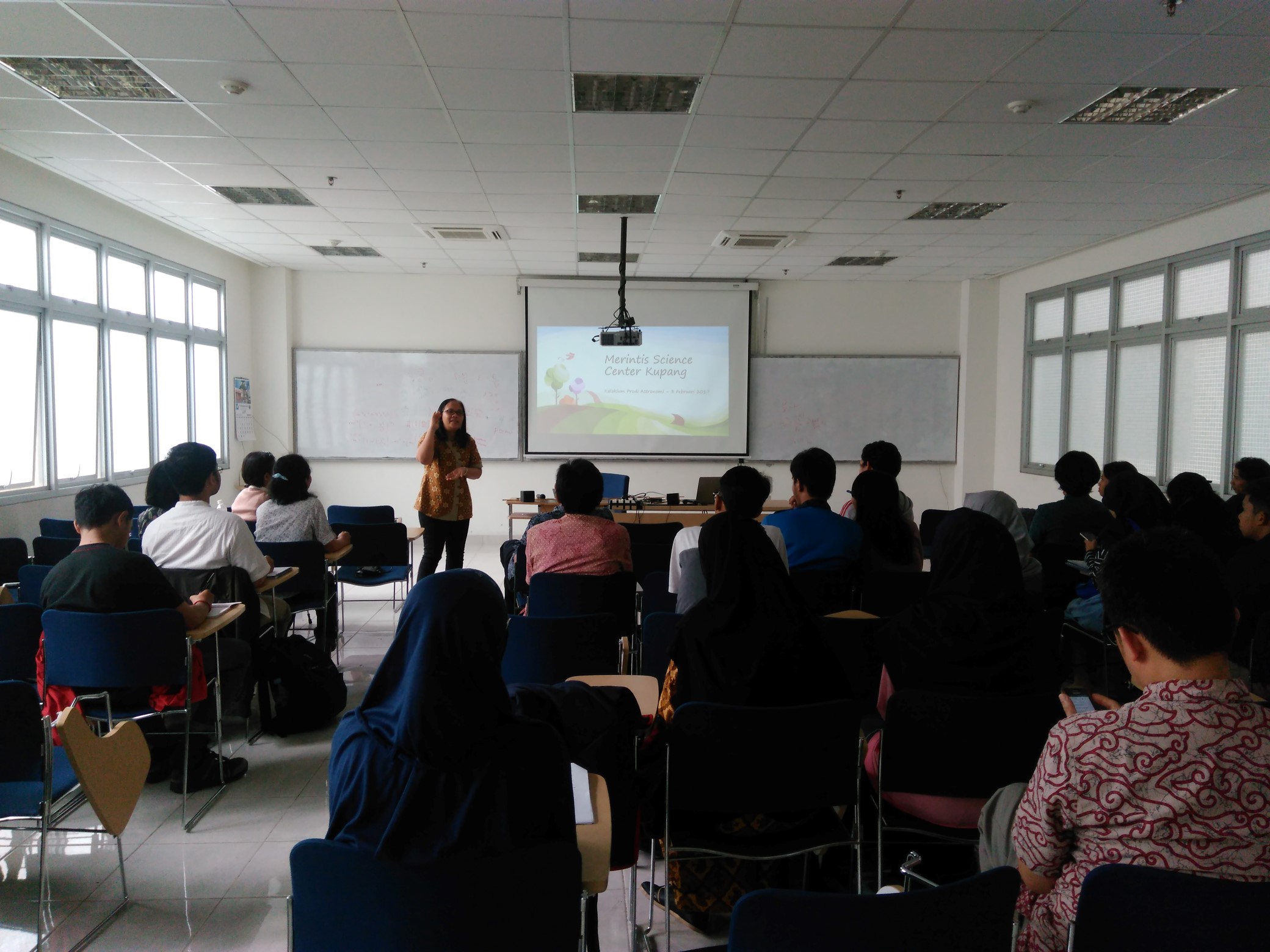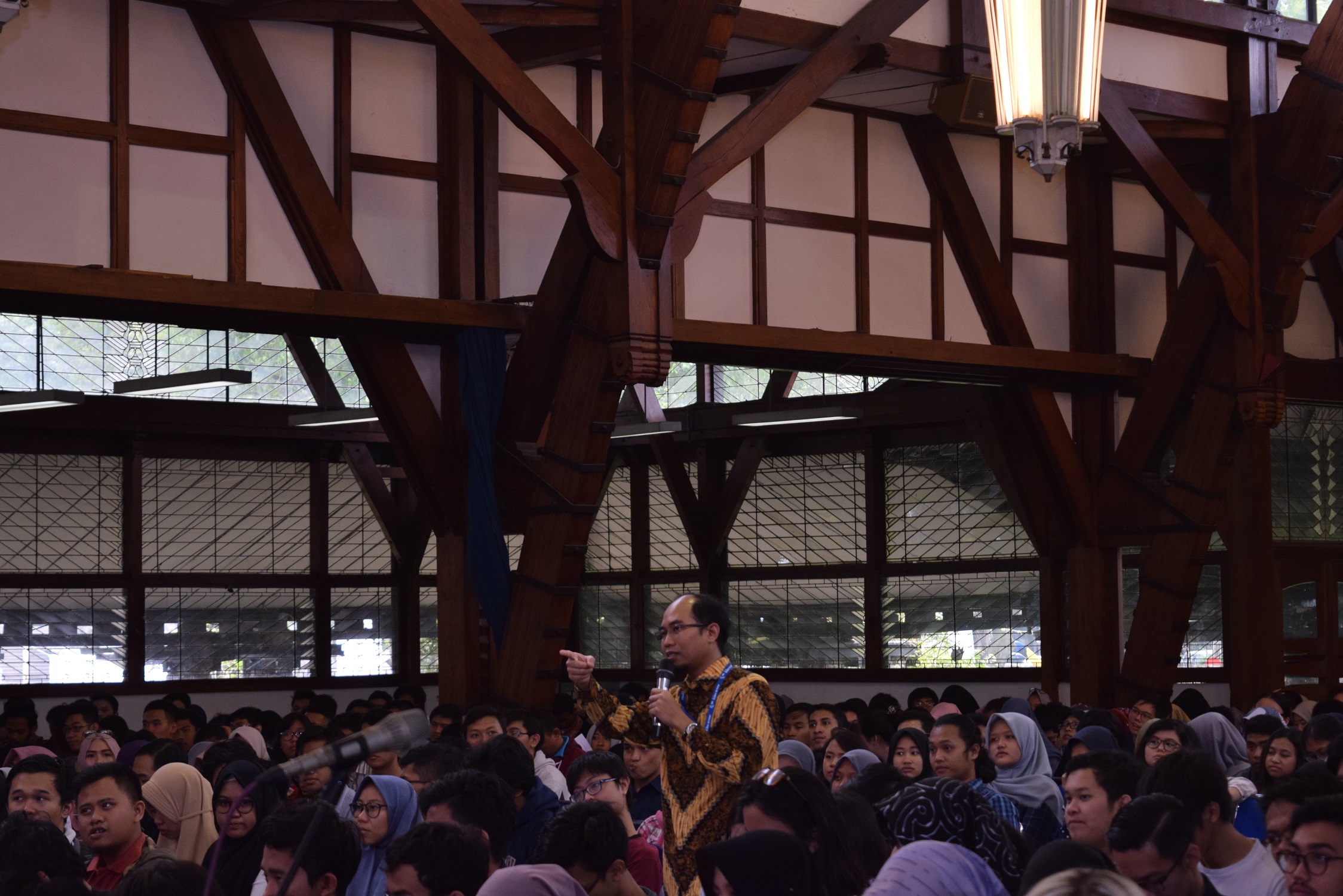Suros Field Course and Diving Equip Future Oceanographers with Essential Skills
By M. Naufal Hafizh, S.S.
Editor M. Naufal Hafizh, S.S.

JAKARTA, itb.ac.id — The Hydro-Oceanography Survey (Suros) course is a mandatory subject for Oceanography students in their 6th semester. The course consists of 30% classroom theory and 70% fieldwork, where students apply the theories they have learned. This field course serves as a learning platform to enhance field observation skills and develop the ability to interpret and analyze measurement data directly.
"This year, we conducted the field course on Pramuka Island, located in Kepulauan Seribu. The island was chosen because it is suitable for measuring eight modules: tides, ocean currents, sea waves, bathymetry, seawater quality or KAL, leveling and beach slope, meteorological parameters, and shoreline. Additionally, we aim to collect hydro-oceanographic data on Pramuka Island annually. This activity was held from July 14-24, 2024, with 73 students participants," said Faza Muhammad Patradhia (Oceanography, 2019), the Suros assistant coordinator.

During the activity, participants designed and carried out hydro-oceanographic measurements. They were trained to understand the operating principles of each measuring instrument used. The ultimate goal is for them to comprehend oceanic physical parameters through observational data, process and interpretation. They should also analyze the field data results. At the end of the field course, they were required to present their findings in a comprehensive report.
"Collecting data at sea was both memorable and challenging, especially during the bathymetry and KAL modules. Many of us experienced seasickness after spending 5 hours on the boat. We had to work together to ensure all data was collected accurately, even when some group members weren't feeling well. Our discipline was also tested during the data collection process," said Najwa Haifa Rashida (Oceanography, 2021), a Suros participant.

In addition to Suros, there was an exam for the Diving and Marine Navigation course. The exam covered finswimming, underwater mask and snorkel clearing, apnea, duck diving, floating on the back and stomach, and rescuing tired divers. A total of 24 participants also took the A1 SCUBA (one-star) certification.
"For the certification, we conducted four dives. The first two dives were for adjustment, and the following two for exploration down to 18 meters. Each participant had a buddy, which is crucial in diving to avoid unwanted incidents," said Anindya Retno Pramesti (Oceanography, 2020), a diving assistant.
Diving skills are an added value for oceanographers as they support underwater research, marine life observation, and the installation of measuring instruments on the seafloor.
Reporter: Maharani Rachmawati Purnomo (Oceanography, 2020)
Translator: Anggi Nurdiani (Management, 2024)
Editor: Ayesha Lativa Mafaza (Postharvest Technology, 2021)

.jpg)
.jpg)
.jpg)
.jpg)
.jpg)


